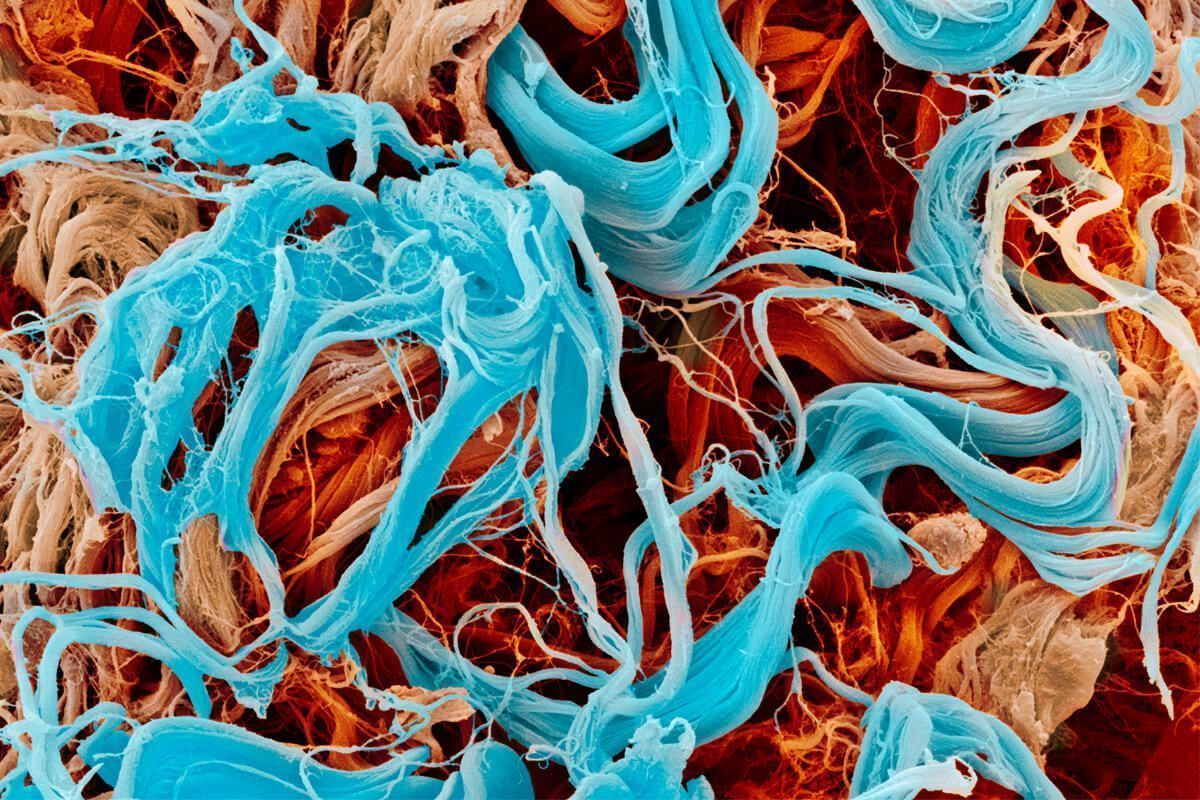Peptides containing free thiol functions may oxidize yielding dimers or oligomers during storage, even as lyophilizates at low temperatures. Peptides provided as acetates are more sensitive towards Cys oxidation than the corresponding trifl uoroacetates or hydrochlorides.
The oxidation rate is pH-dependent, disulfi de bond formation is rapid at neutral or slightly basic pH. A small amount of oxygen dissolved in water or buffers will suffi ce under these conditions. Disulfi de bridge formation is reversible, the bonds can be reduced under slightly basic conditions using dithiothreitol (DTT, Q-1225). pH 7-9.5 is the optimum pH-range for reductions with DTT:
An inert atmosphere has to be maintained throughout the process !
- Prepare an aqueous 0.1 M NaHCO3 solution (pH ~ 8.5). Bubble nitrogen or argon through the solu- tion for 5 min for removing the dissolved oxygen.
- Dissolve the peptide (max. 5 mg/ml).
- Add an excess of DTT (3 eq per mol peptide).
- HPLC-monitoring of the course of the reduction is optional. It is recommended if the proportion of oxidized material is rather large. It may be helpful to oxidize a sample intentionally for comparison and evaluation of the chromatograms. The conver sion should take 45 min to 1 hr at room temperature.
- Add acetic acid as to lower the pH to pH < 4 and thus stop the reaction.
- For removal of by-products and excessive DTT, apply the solution to a desalting column, e.g. Sephadex G-10/G-25 or BioGel P-4/P-10 and elute with diluted acetic acid (use an AcOH concentration in which the peptide is readily soluble, if lyophilization is intended).
To avoid reoxidation the reduced peptides should be used rapidly.
Please keep in mind that DTT is readily oxidized, it should be handled and stored in a dry and inert atmosphere. DTT solutions should be freshly prepared.
Disulfi de bridges can be cleaved even at low pH applying TCEP (Tris(2-carboxyethyl)phosphine) (Lit. J. Wu & J.T. Watson, Protein Sci. 6, 391-398 (1997)).
Subscribe to our newsletter
"*" indicates required fields
